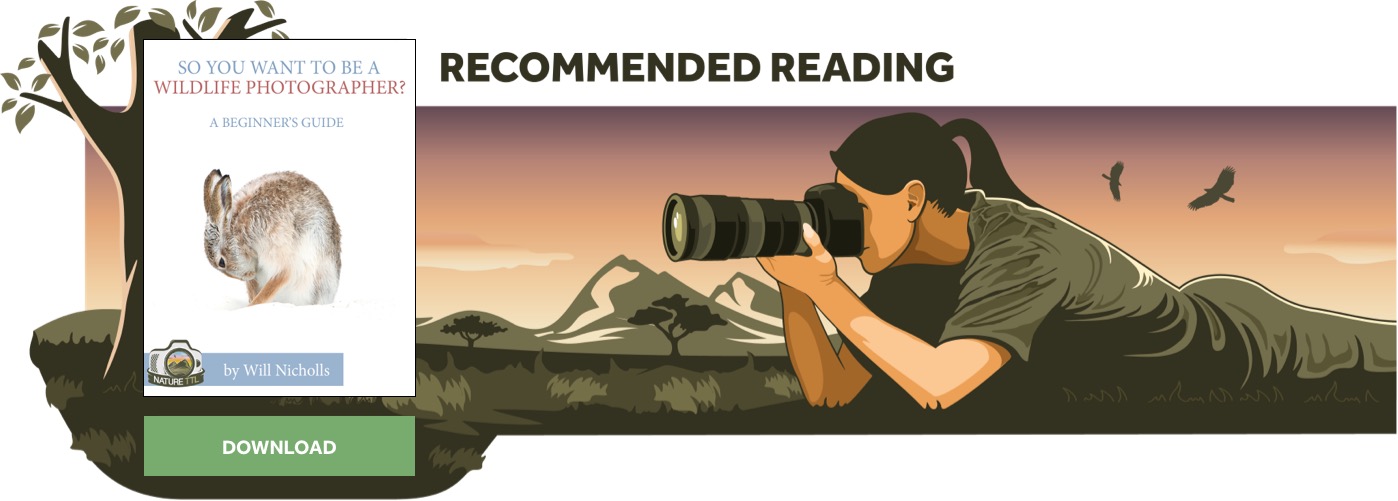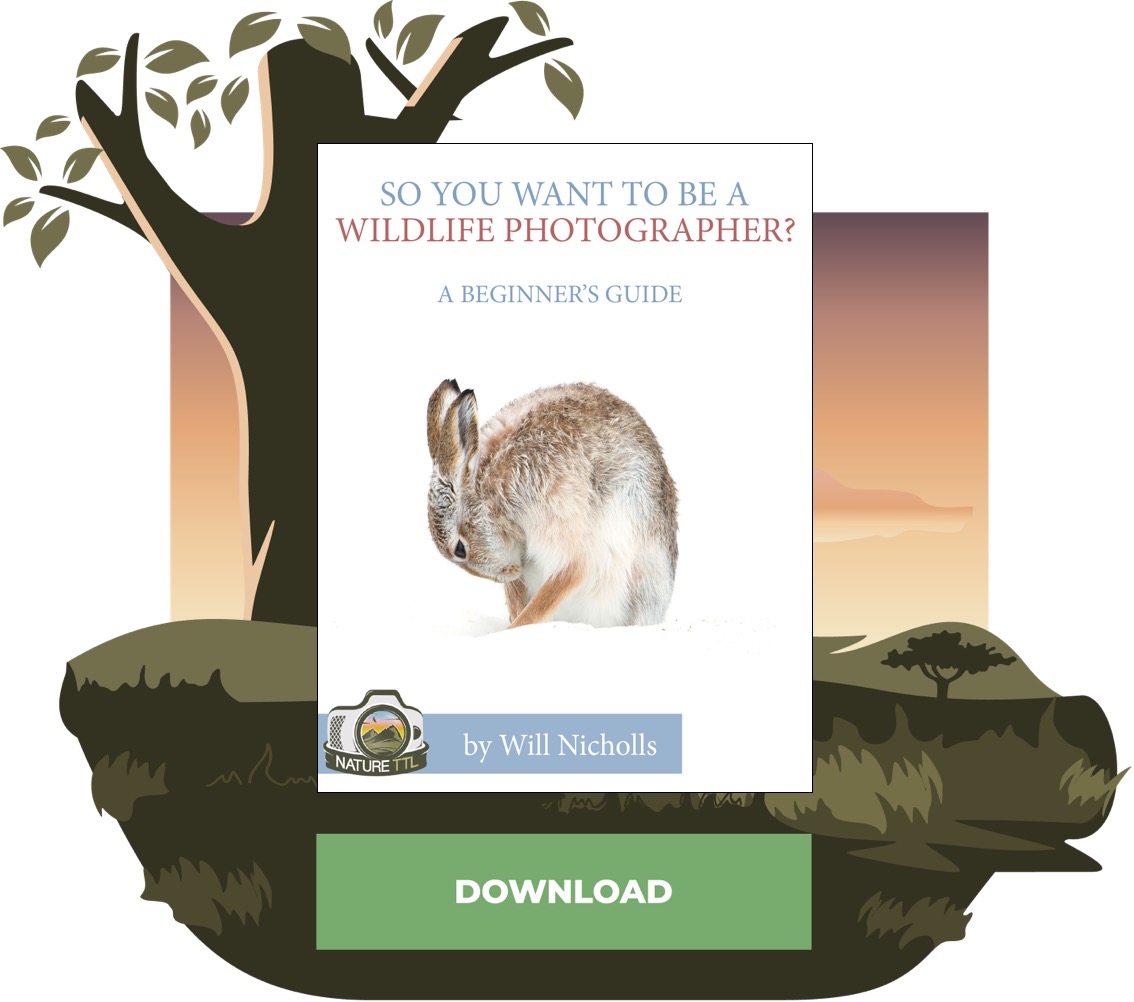How I Got the Shot: “Take a Bow”, Will Nicholls

“How I Got the Shot” is a series of articles by photographers, looking at the backstories to how they took their favourite images.
Mountain hares are beautiful animals. Their coats turn white each winter to help them disappear into the snowy surroundings, keeping them hidden from predators. I’ve always been fascinated by this complete change of colouring from brown to white ever since I saw them on television many years ago.



For a few years now I have travelled to Scotland with an aim of photographing these gorgeous animals in the snow. Unfortunately, the first two trips I made into the highlands did not deliver on the snow front. I found hares, but there was no snow to provide a wintery backdrop.

Getting close to the hares was met with varying degrees of success. I would apply all techniques I have learnt for stalking animals, but hares are extremely alert. Their latin name is Lepus timidus – anything with ‘timid’ in its name doesn’t fill you with confidence! Crawling around in heather trying to get close to these creatures is an enjoyable task, but one that can be equally infuriating at times. On the occasions where there was no snow, you’d think that the white coats of these hares would make them stand out and be easily spotted. Unfortunately for me, the entire hillside was scattered with white rocks. As a consequence, I’d find myself stalking rocks more often than I was hares!
In February 2014, I made another trip up to Scotland with the same aim as the previous years. However, this time I was lucky enough to catch the snowfall. Naturally, it become a lot harder to find the hares. Their white coats provide excellent camouflage for them, and most of the time I would be scanning an area with binoculars to try and spot an individual.
Over a few days I would attempt to approach many different hares. Most of the time they would run before I could even get close, but occasionally I would be able to sneak up on one. Some hares are more accepting of people than others – perhaps some individuals have been photographed more than others. The particular hare you see in the photograph at the beginning of this post, “Take a Bow”, was one that allowed me to sit and watch it for a long time. I set up, laying on my front, with the lens trained on the hare. It began to relax, digging into the snow to get at the heather beneath. Patience is key, and eventually this hare began to groom itself.
It was then that I captured the shot. I wanted to use a high-key style to this image – blowing out the highlights of the background (snow), and isolating the hare in the frame. Sometimes this works well, and sometimes it doesn’t. For me, this image is the better for it. Even though the hare is grooming, it looks solemn in the still photograph. I like to think that it reflects a sombre scene of a hare that spends its days facing the cold, bitter elements that Scotland has to offer.
To achieve this photo I took many, many different angles and compositions before I settled on one image. It is important to do this and take advantage of the benefits of digital photography, especially if you are faced with a situation where you can’t go back and retake the shot. Around the hare there were actually patches of brown heather where the snow had melted, but with careful positioning I was able to have a completely snow-filled frame!





